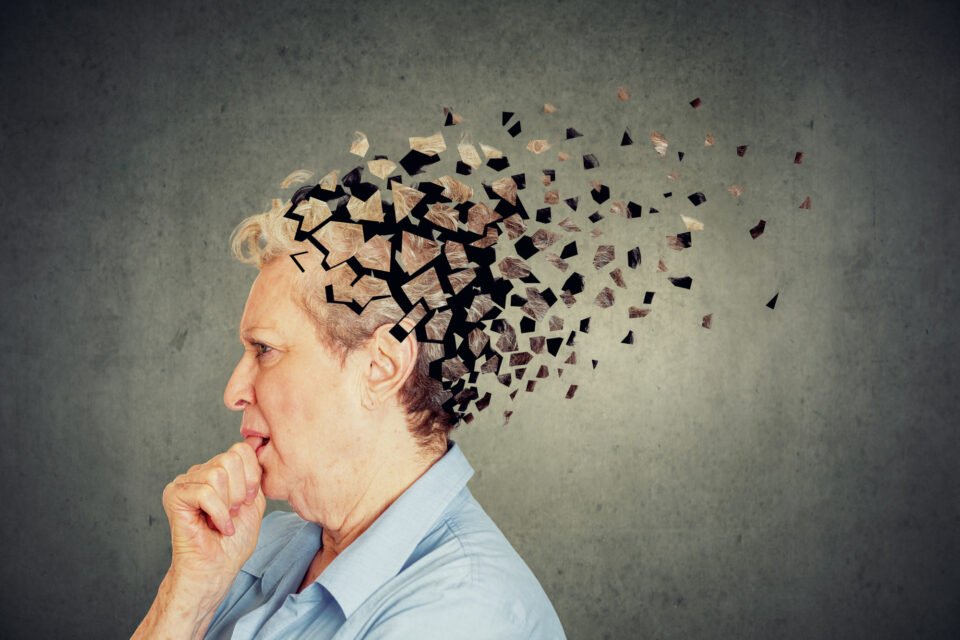Are you curious about unconscious bias?
This concept influences your actions and decisions, most of the time, by experiences and beliefs you’re not aware of. It’s a difficult topic to talk about because you can never quite prove that someone has exhibited it at the time.
No matter your work, social situation, or living space, it will affect the people there. What is the best way to keep yourself aware of your unconscious bias?
We’re here to help. This article explains unconscious bias and what things you need to know more about it.
Common Unconscious Bias
Common unconscious biases refer to the mental shortcuts you take when making decisions based on your own experience, existing beliefs, and past. Formed over time and so ingrained within that you are often unaware of them.
Examples of common unconscious biases include racial bias, gender bias, age bias, and class bias. Racial bias is a common unconscious bias that holds that people of certain races are inferior or superior to another race. Gender biases include stereotypes that men are better in some areas than women.
Age bias involves prejudice against the elderly and the young. Class bias is a belief that people of higher social class or economic status are superior to those of lower economic class or social status.
The Impact
Unconscious bias can have a huge impact on someone’s life. Unconscious bias can lead to unfair decisions in the workplace culture, where someone may be overlooked or passed up for career opportunities due to their race, gender, or background. It can also lead to unintended interpersonal misunderstandings and communication problems.
You can see this also in the media, with people of a certain race or gender being portrayed in a certain way or not being represented at all. It can lead to inequality in opportunities for marginalized people and create a hostile environment for those who are not in the majority.
Practical Methods for Reducing It
The first step is to become aware of your personal biases and views by reflecting on a few questions such as “Where did this belief come from? Is it based on a stereotype or personal experience?”
Don’t limit yourself to one version of the truth. Be willing to challenge and revise your views in light of confronting evidence.
Also, implicit bias training is an important tool for reducing unconscious biases in work environments through surveys, interviews, and other data collection methods. This allows the company to understand in which areas biases are present and need to address.
After knowing the biases, the next step is for the company to create an unconscious bias training plan. This should include a clear objective and timeline for training, as well as providing adequate support, resources, and instruction to staff members.
Consciousness Can Lead To Something More Significant
Unconscious bias is an ingrained part of your life, but increased awareness can help to reduce it. If people strive to identify, recognize, and understand their unconscious biases, they can work together to create a more inclusive and equitable world.
Actively challenge yourself to be aware of your bias and take steps to limit its impact. To create a better world.
If you find this article helpful and want to read more great content, check out the rest of our blogs today.


